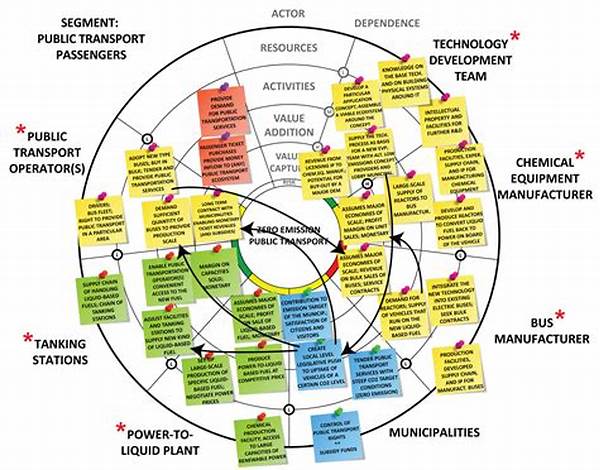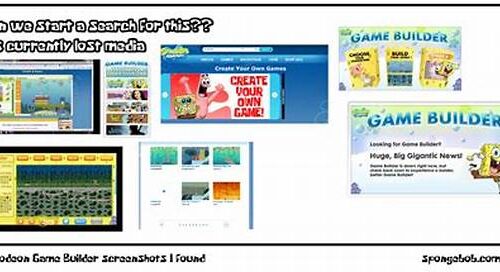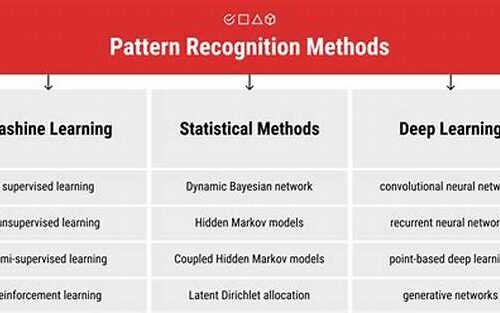Hey there, fellow eco-wanderers and tech enthusiasts! If you’re diving into the fascinating world of ecosystem modeling, you’re in the right place. Today, we’re chatting about scripting tools for ecosystem modeling. Whether you’re a seasoned modeler or a curious newbie, these tools are like the secret sauce to get your models humming and purring efficiently. So, grab a cup of coffee, settle into your comfy chair, and let’s explore these scripting wonders together.
Read Now : Interactive Adaptive Play Designs
Why You Need Scripting Tools for Ecosystem Modeling
Imagine you’re trying to create a digital double of a complex rainforest ecosystem. The birds, trees, weather patterns, soil conditions, and countless other factors that interconnect – it can get a bit overwhelming, right? This is where scripting tools for ecosystem modeling enter the stage like a superhero in a blockbuster film. These tools help you create, manipulate, and analyze your models with ease. With a few lines of code here and there, you can simulate decades of natural changes, crunch tons of data, and visualize outcomes that would otherwise take ages. The flexibility scripting tools offer means you can customize simulations to fit your project’s unique needs, unlocking a realm of possibilities. So, the next time you’re picturing how climate change or deforestation might affect your digital paradise, remember, a good scripting tool is your best friend in making sense of the chaos.
Top Scripting Tools for Ecosystem Modeling
1. R Programming: With packages like `ecospat` and `vegan`, R provides a robust environment for ecosystem analysis and modeling.
2. Python: Famous for its readability and versatility, with libraries like SciPy and NumPy, it’s perfect for handling complex ecosystem datasets.
3. MATLAB: Known for its powerful computational capabilities, it’s a go-to for many researchers modeling intricate ecosystems.
4. ArcGIS ModelBuilder: While primarily a GIS tool, it allows for script creation to model spatial ecosystem dynamics effectively.
5. NetLogo: Great for simulating natural and social phenomena, this tool is intuitive for demonstrating complex systems’ interdependencies.
How Scripting Tools Simplify Ecosystem Modeling
You know how drawing out a mind map helps clarify a whirlwind of thoughts? Scripting tools for ecosystem modeling do just that for ecological data. They streamline the process, transforming tangled webs of information into manageable and comprehensible formats. These tools not only save time but also reduce the margin for human error, ensuring accuracy in your models. Whether it’s through automated data collection, precise visualization, or accurate predictive analytics, these tools make life a breeze for anyone trying to model ecosystems. The ease of scripting encourages creative exploration, allowing modelers to test hypotheses and visualize outcomes like never before.
The Benefits of Mastering Scripting Tools for Ecosystem Modeling
Using scripting tools for ecosystem modeling is akin to having a superpower in the realm of ecological research. Here are some perks you can expect:
1. Enhanced Accuracy: Achieve more precise results with less manual input.
2. Time Efficiency: Automate repetitive tasks and focus on the crucial parts of your modeling project.
3. Customizable Models: Tailor simulations specifically to your study’s needs.
Read Now : Personalized Game Environment Creation
4. Scalability: Easily adjust your models as the scope of your research evolves.
5. Visualization: Craft compelling visualizations that make complex data understandable to broader audiences.
6. Strategic Planning: Forecast and strategize potential ecosystem management actions.
7. Collaboration: Share and collaborate with other researchers effortlessly.
8. Problem-solving: Tackle problems with innovative approaches through script-driven modeling.
9. Knowledge Expansion: Acquire new programming skills that enhance your scientific toolset.
10. Future-proofing: Stay ahead in the field as more research becomes tech-centered.
Challenges and Tips for Using Scripting Tools for Ecosystem Modeling
Diving into the world of scripting tools for ecosystem modeling can be as challenging as it is rewarding. Many initially find the steep learning curve daunting, but fear not! Here’s a little nugget of wisdom: start small. Begin with basic models and gradually move onto more complex simulations as you get comfortable with the syntax and logic. Trial and error are your trusty sidekicks; mistakes in scripting are just stepping stones to understanding. Tap into communities and online forums where helpful souls are always willing to lend a hand. Remember, persistence is key, and with time and practice, you’ll be navigating these scripting tools like a pro in no time.
Conclusion: Embracing the Power of Scripting Tools for Ecosystem Modeling
So, my eco-loving friends, we’ve taken a whirlwind tour through the world of scripting tools for ecosystem modeling. Whether you’re addressing major global issues like climate change or focusing on local biodiversity projects, these tools open up a universe of possibility, enriching your work and expanding horizons. They equip you with the power to simulate, predict, inform, and, ultimately, act on vital ecological issues. It’s a thrilling era for ecosystem modeling, and scripting tools are at the forefront of this exciting field. Roll up your sleeves, dive in, and let these tools fuel your passion for discovery and innovation. Happy modeling!





